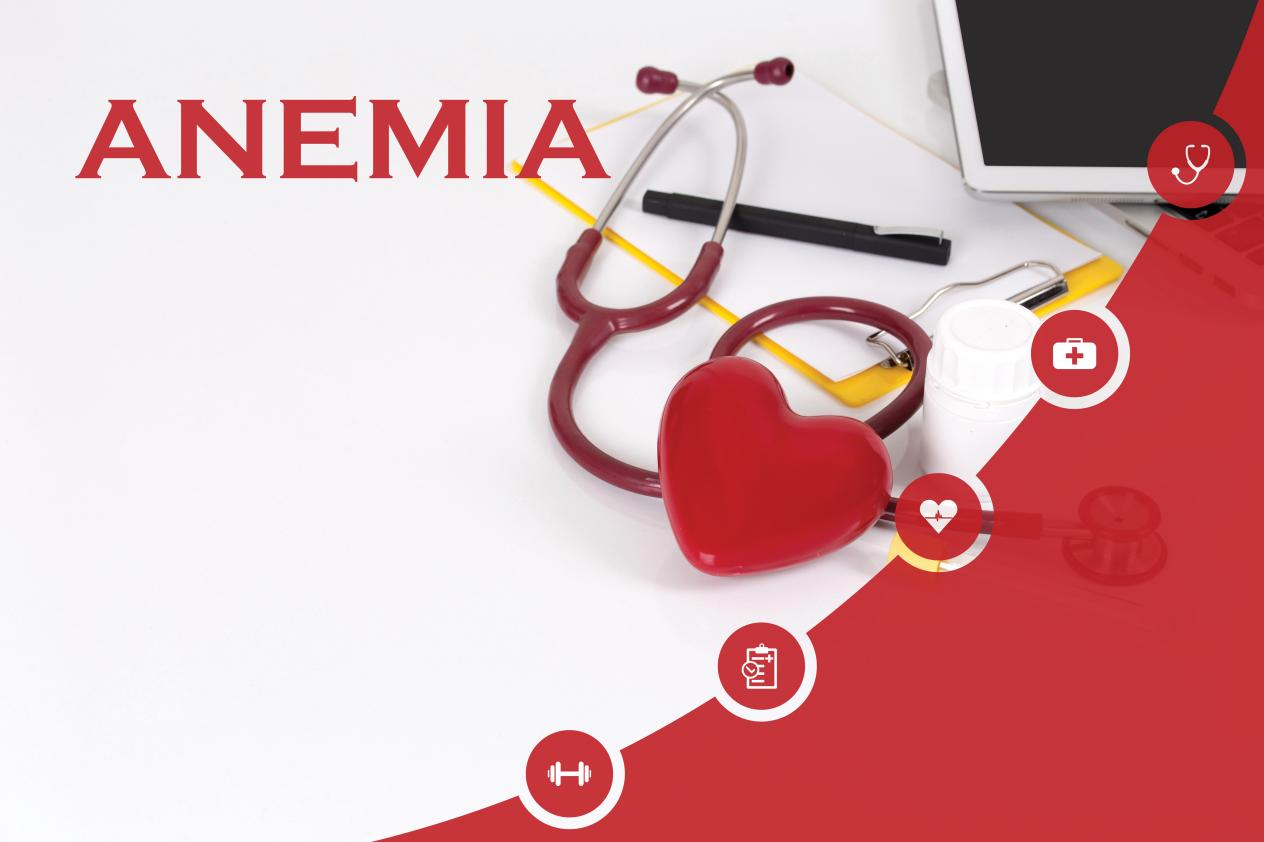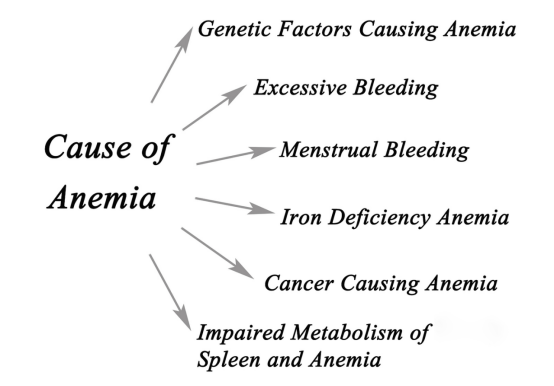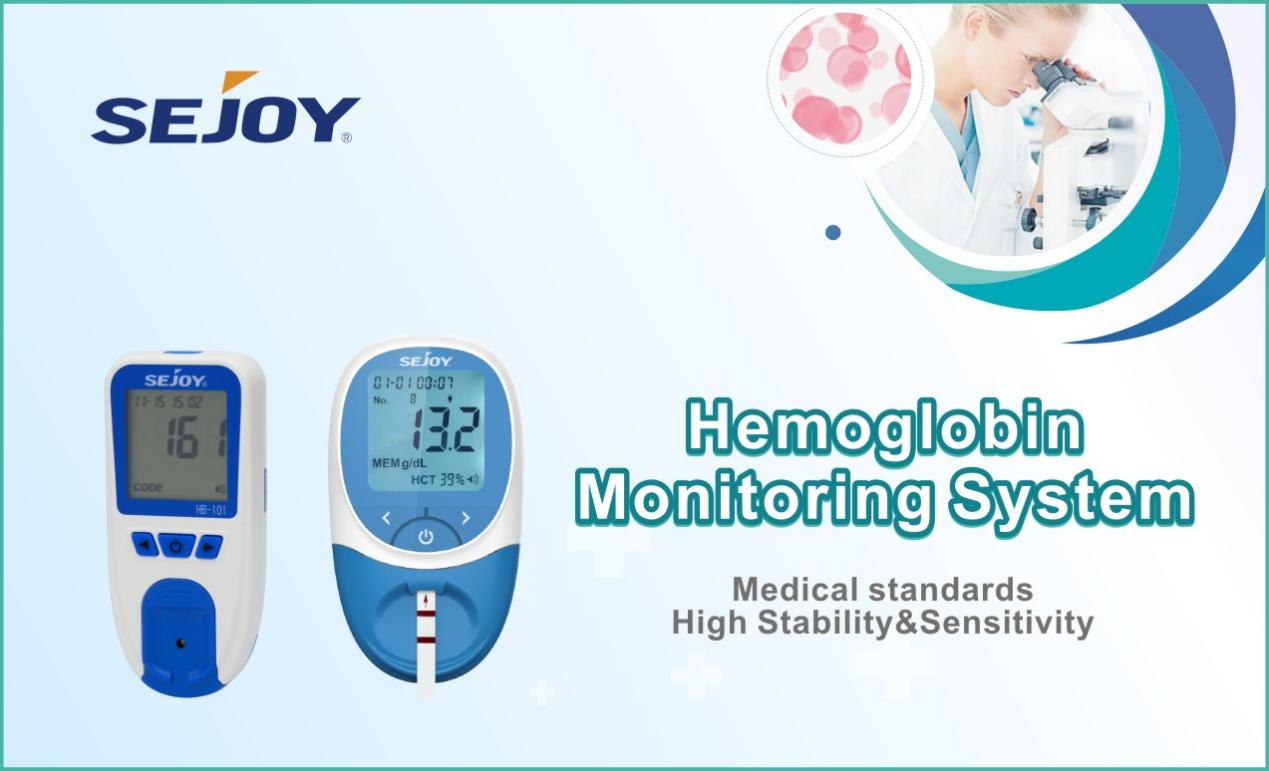1.What is hemoglobin?
Hemoglobin (abbreviated Hgb or Hb) is the protein molecule in red blood cells that carries oxygen from the lungs to the body’s tissues and returns carbon dioxide from the tissues back to the lungs.
Hemoglobin is made up of four protein molecules (globulin chains) that are connected together.
The normal adult hemoglobin molecule contains two alpha-globulin chains and two beta-globulin chains.
In fetuses and infants, beta chains are not common and the hemoglobin molecule is made up of two alpha chains and two gamma chains.
As the infant grows, the gamma chains are gradually replaced by beta chains, forming the adult hemoglobin structure.
Each globulin chain contains an important iron-containing porphyrin compound termed heme. Embedded within the heme compound is an iron atom that is vital in transporting oxygen and carbon dioxide in our blood. The iron contained in hemoglobin is also responsible for the red color of blood.
Hemoglobin also plays an important role in maintaining the shape of the red blood cells. In their natural shape, red blood cells are round with narrow centers resembling a donut without a hole in the middle. Abnormal hemoglobin structure can, therefore, disrupt the shape of red blood cells and impede their function and flow through blood vessels.

2.What are normal hemoglobin levels?
Normal hemoglobin levels for men is between 14.0 and 17.5 grams per deciliter (gm/dL); for women, it is between 12.3 and 15.3 gm/dL.
If a disease or condition affects the body’s production of red blood cells, the hemoglobin levels may drop. Fewer red blood cells and lower hemoglobin levels may cause the person to develop anemia.
3.Who is most likely to develop iron-deficiency anemia?
Anyone can develop iron-deficiency anemia, although the following groups have a higher risk:
Women, because of blood loss during monthly periods and childbirth
People over 65, who are more likely to have diets that are low in iron
People who are on blood thinners such as aspirin, Plavix®, Coumadin®, or heparin
People who have kidney failure (especially if they are on dialysis), because they have trouble making red blood cells People who have trouble absorbing iron

4.Anemia Symptoms
The signs of anemia can be so mild that you might not even notice them. At a certain point, as your blood cells decrease, symptoms often develop. Depending on the cause of the anemia, symptoms may include:
Dizziness, lightheadness, or feeling like you are about to pass out Fast or unusual heartbeat
Headache Pain, including in your bones, chest, belly, and joints Problems with growth, for children and teens Shortness of breath Skin that’s pale or yellow Cold hands and feet Tiredness or weakness
5.Anemia Types and Causes
There are more than 400 types of anemia, and they’re divided into three groups:
Anemia caused by blood loss
Anemia caused by decreased or faulty red blood cell production
Anemia caused by destruction of red blood cells

Articles quoted from:
Hemoglobin: Normal, High, Low Levels, Age & Gender MedicineNet
Anemia WebMD
Low Hemoglobin Cleveland Clinic
Post time: Apr-12-2022

